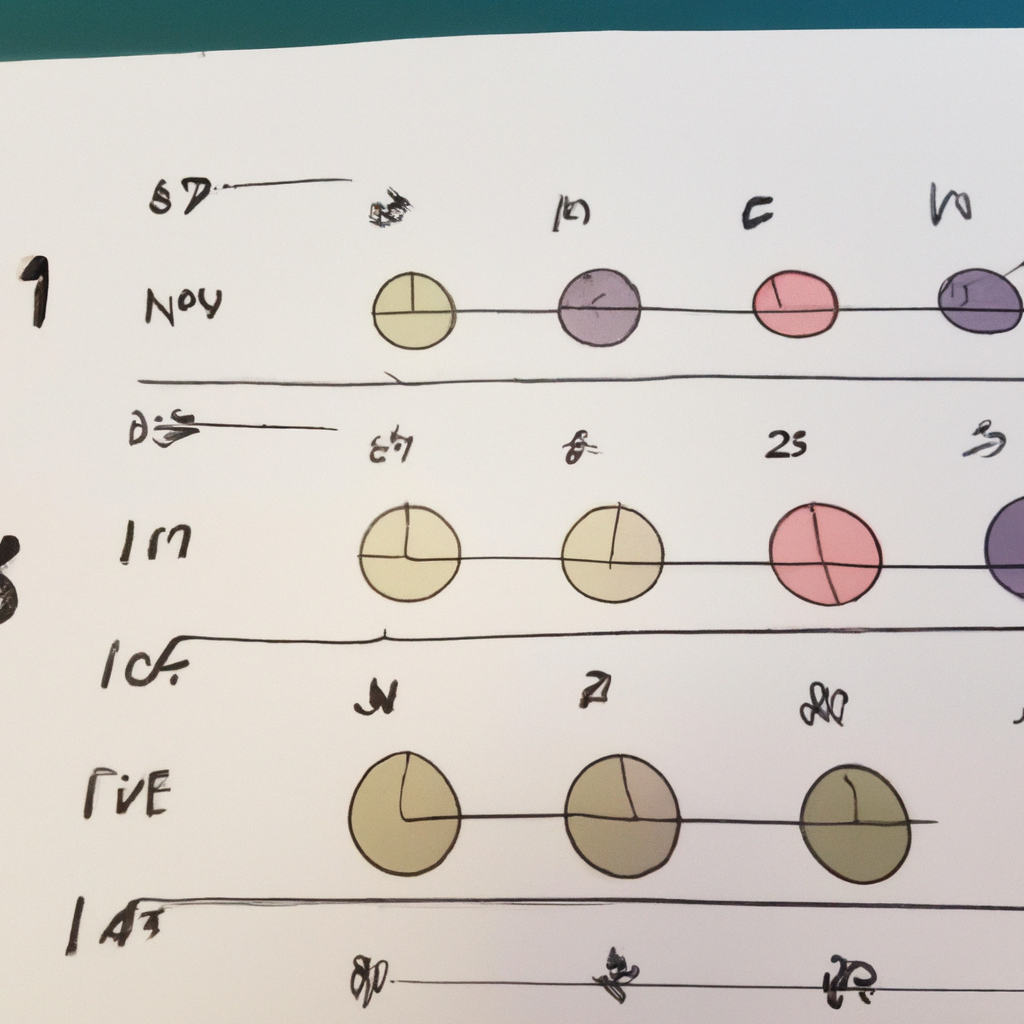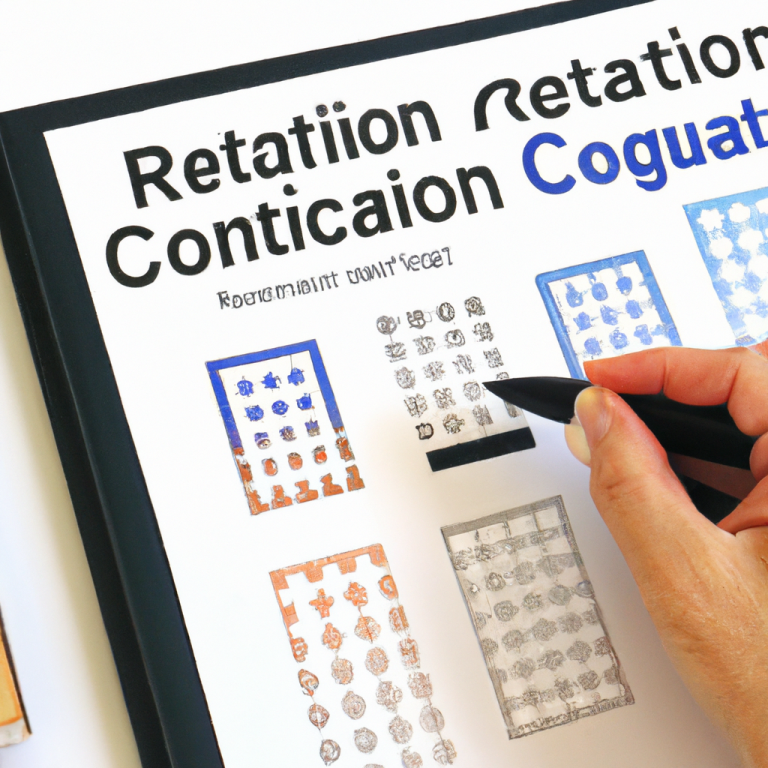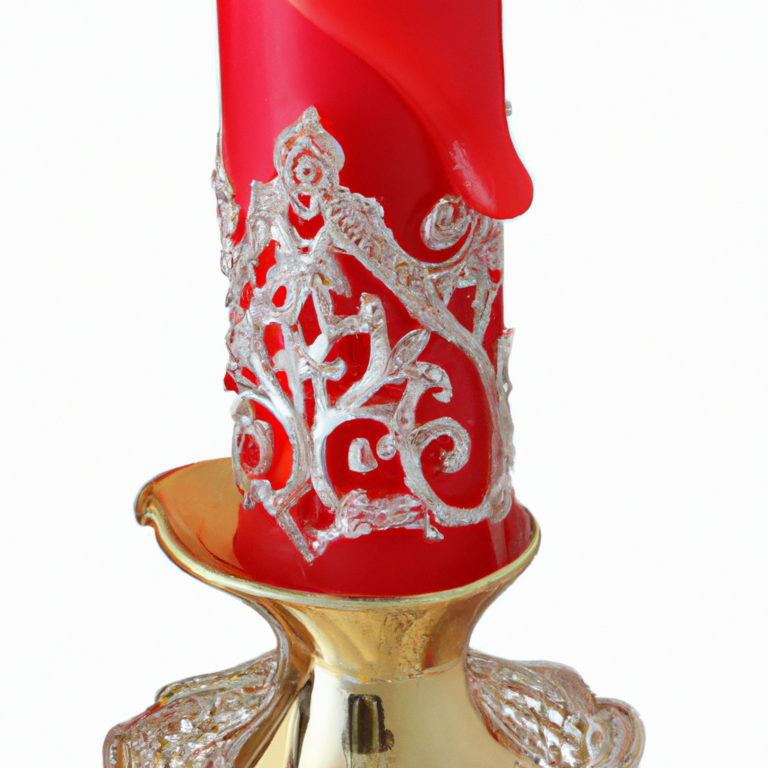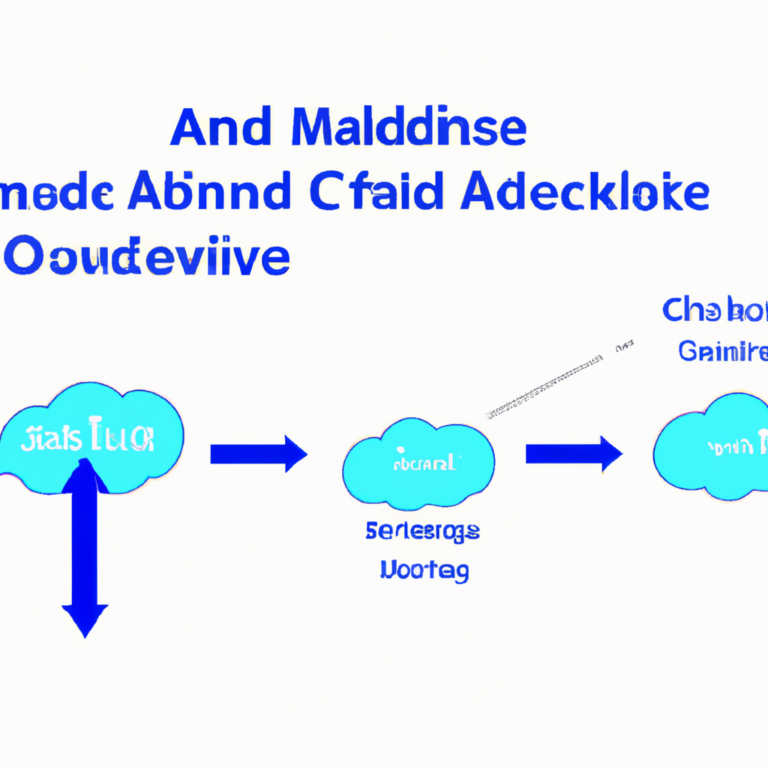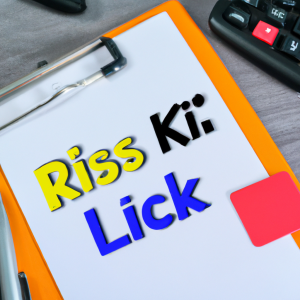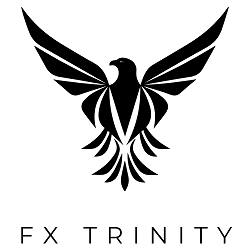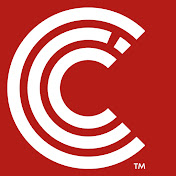Identifying Common Chart Patterns
Introduction
Chart patterns are formations that appear on price charts and can help traders predict future price movements. By recognizing these patterns, traders can make informed decisions about when to enter or exit a trade. In this article, we will discuss some of the most common chart patterns and how to identify them.
Head and Shoulders
The head and shoulders pattern is a reversal pattern that signals a potential change in trend. It consists of three peaks – a higher peak (the head) flanked by two lower peaks (the shoulders). The neckline is a support level that connects the lows of the two shoulders. To identify this pattern, look for a head that is higher than the shoulders and a neckline that slopes downward.
Steps to identify a head and shoulders pattern:
- Look for a peak (the head) that is higher than the two surrounding peaks (the shoulders).
- Identify a neckline that connects the lows of the two shoulders.
- Confirm the pattern by waiting for a break below the neckline.
Double Top and Double Bottom
The double top and double bottom patterns are reversal patterns that indicate a potential change in trend. The double top consists of two peaks at approximately the same level, with a support level in between. The double bottom is the opposite, with two troughs at approximately the same level, separated by a resistance level. To identify these patterns, look for two peaks or troughs at similar levels.
Steps to identify a double top or double bottom pattern:
- Identify two peaks or troughs at approximately the same level.
- Draw a support or resistance level between the two peaks or troughs.
- Confirm the pattern by waiting for a break below the support level (double top) or above the resistance level (double bottom).
Triangle
The triangle pattern is a continuation pattern that signals a period of consolidation before the price continues in the same direction. There are three types of triangles – ascending, descending, and symmetrical. Ascending triangles have a flat top and a rising bottom, while descending triangles have a flat bottom and a falling top. Symmetrical triangles have converging trendlines. To identify this pattern, look for converging trendlines with at least two touches on each side.
Steps to identify a triangle pattern:
- Draw trendlines connecting at least two highs and two lows.
- Look for converging trendlines that form a triangle shape.
- Confirm the pattern by waiting for a breakout above or below the triangle.
Conclusion
By learning to identify common chart patterns, traders can improve their ability to predict price movements and make more informed trading decisions. Remember to always confirm patterns with other technical indicators and risk management strategies to increase the likelihood of successful trades.
